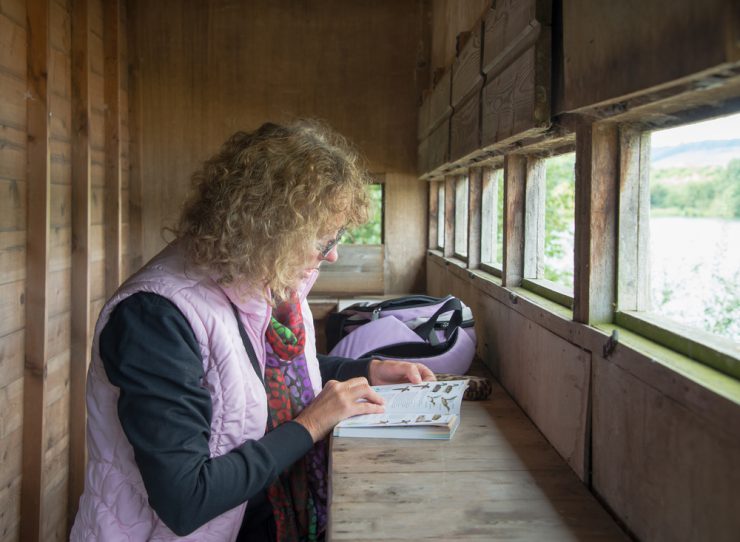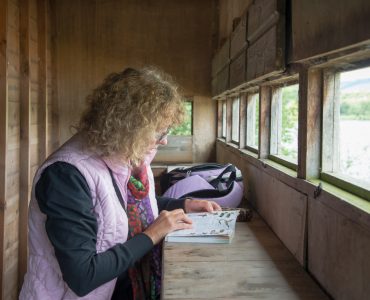The collared dove, also known by its scientific name of Streptopelia Decaocto, is a very tiny and slim dove, which has a characteristic feature of having a long tail. This elegant dove has a brownish-grey plumage with pinkish buff shade on its breast. The grown birds can easily be differentiated from their offspring by a band of black and white narrow colour strip around its neck at adult stage. When this beauty is in flight, it can be mistaken for a sparrow hawk due to its long tail feather, giving it an equal proportion at the front and back.
The Collared Dove is approximately 31 to 33 cm in length and weighs around 170 to 240 grams. The wings of this bird grow to lengths of 47 to 55 cm, and it is found all year around in the country. The collared dove has a unique feature too, which is its tail feathers, proportionate with the body of the bird, giving it a regal look. This tail sometimes scares away other birds and small animals who mistake the collared dove for the sparrow hawk, and start giving calls in alarm and running from sight.
The sound or voice of the collared dove is a monotonous note, more like a loud sound of cooing, which is something like a coo-Coo-coo. The bird’s call is a hasher sound of ‘kwurr’. These doves are more or less sedentary, preferring to remain in one place throughout the year, though sometimes we find the young ones of the bird moving westwards once they grow to a certain age. They have an independent streak which most other bird juveniles lack. This is probably the reason why the species has spread all around the European sub continent and Britain in a very short span of time.
This dove likes to feed on small seeds found on the ground and cereal grains when they can find it. During the autumn season they tend to feed more on berries, and during spring they are found eating aphids or caterpillars, which is however extremely rare. When living in a garden, the collared dove generally feeds on bread crumbs, or small seeds which may be on the ground or placed on the bird table itself. The nestlings of the dove are fed mostly on crop milk, an extract from the crop itself, which gives the young ones rich fats and proteins.
Another incredible feature of these doves is their nesting styles. The nests built by them are very flimsy and delicate, most of the time appearing simply as a collection of twigs kept together on a tree trunk or a building. The breeding season for these birds is during the month of March, with only 2 eggs and about 2 to 5 clutches. The female carries out the incubation period which lasts for 14 to 16 days. Feeding the young ones is a responsibility shared by the male and female bird together.
Conservation concerns of this bird are conveniently not required, since they came into existence in the British region only after colonisation during the 1950’s.











